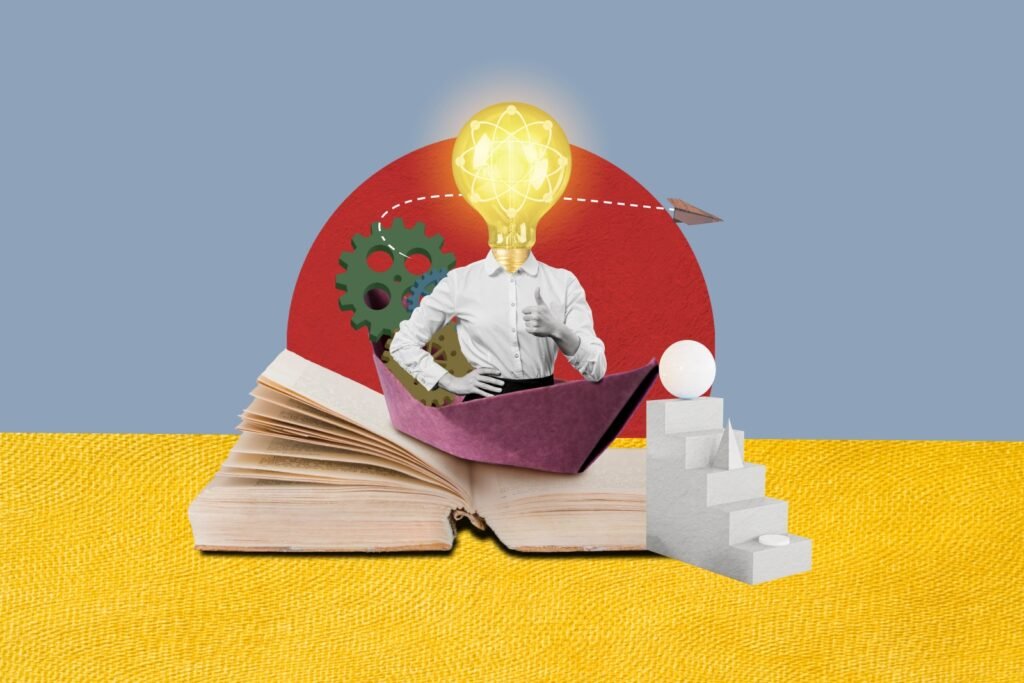Today’s education system is changing faster than ever before. Information technology is one of the main drivers of this transformation.
Schools and universities are gradually turning into digital laboratories where innovative approaches to learning are being implemented. We have selected five promising IT trends that are already changing education today.
Generative AI as a personal tutor
The classic “teacher explains — student listens” model is no longer as effective as it once was. There is too much information and, conversely, too little time. In addition, the traditional model cannot physically keep up with the speed at which information changes. And the demand for an individual approach is constantly growing. In such conditions, generative artificial intelligence can be an effective assistant.
Many new features – discover the best scratchcard games
Modern AI models can do what was previously only possible with a personal tutor:
- break down complex tasks into steps;
- select examples in the student’s language;
- provide quick feedback on draft work.
Virtual workshops: VR and AR in education
Practical training has always been the most expensive and difficult part of education. How can you show a medical student what will happen if they make a mistake during an operation? Or how can you let a schoolchild conduct a chemistry experiment without risk or the expense of reagents? All this is possible in virtual workshops.
Virtual reality (VR) and augmented reality (AR) technologies turn learning into a safe simulator. A future surgeon can practice dozens of times on a virtual patient, an engineer can assemble a complex assembly in a three-dimensional model, and a talented young chemist can initiate a reaction that in reality would cost the entire budget of a chemistry lab.
Learning analytics and unified data models
Universities and schools today generate a huge amount of digital footprints: who opened the lecture, how much time they spent on the task, where they got stuck, and where they flew through the topic in five minutes. The problem is that this data is usually scattered:
- one part is stored in the learning management system (LMS);
- another part is stored in the exam control system;
- and a third part is stored in simulators and tests.
As a result, the teacher sees separate pieces of the picture, rather than the learning process as a whole.
Hybrid models as a guarantee of flexibility
Despite all the developments in distance learning technologies, the need for personal interaction between teachers and students has not disappeared. Moreover, it is now becoming even more pressing.
This is where hybrid educational models come into play, allowing us to combine the strengths of both online and offline learning rather than choosing between them.
The general idea: hybrid learning is already an established model that focuses on the comfort and needs of the student, making quality education truly flexible and inclusive.
Taking control of educational AI technologies
The introduction of artificial intelligence into education is also a matter of the emerging legal framework. While developers are creating smart assistants and teachers are learning how to use them in their work, the state is defining the rules by which these technologies can be used.

